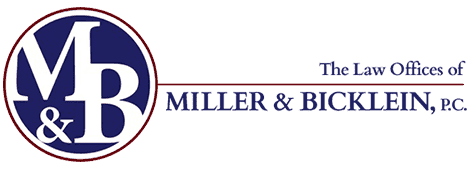Do you understand what the title of this post means? You should because, if you work in the oil and gas extraction industry (O&G), and your job exposes you to more than the permissible exposure limits (PELs) of the diesel particulate matter (DPM) that is present in diesel exhaust (DE), it could kill you. Employers in the oil and gas industry in Texas must protect the health and safety of employees, but do they?
The National Institute for Occupational Safety and Health says workers and employers must accept that diesel exhaust is omnipresent because diesel fuels most trucks, generators, compressors and earth-moving equipment. The Occupational Safety and Health Administration has no permissible exposure limit for diesel exhaust as such, but rather for the individual components that make up diesel particulate matter. These harmful gases include nitrogen dioxide, nitric oxide and carbon monoxide, and only separate measurements of each gas can determine the need to take protective measures.
What are the health risks?
Low levels of exposure to DPM for short periods can cause dizziness and headaches, and it could cause irritation in your throat, nose and eyes. Safety authorities say these symptoms can cause distractions, threatening the safety of workers engaged in dangerous jobs. Long-term exposure to DPM is life-threatening, as it increases the risks of contracting cardiopulmonary, cardiovascular and respiratory disease, and even lung cancer.
How can your boss protect you?
Along with measuring the levels of the individual components of DPM, OSHA provides guidelines for implementing administrative controls and installing engineering controls. While these measurements will not eliminate exposure to diesel exhaust, it might control the level of exposure.
Administrative controls
Employers can reduce the hazard by changing the manner in which workers perform their tasks. OSHA suggests the following:
- Allocating areas where the operation of diesel engines for travel or other purposes is off-limits.
- Limit the number of operations involving diesel engines in particular areas, according to the ventilation system’s capacity.
- Set limits to the maximum horsepower allowed for diesel engines in given areas.
- Prohibit the unnecessary lugging or idling of engines.
- Minimize congestion of traffic by establishing one-way routes with set speed limits.
Enforcement and monitoring compliance of administrative controls is essential.
Engineering controls
OSHA recommends the installation of the following preventative controls:
- Use biodiesel or other fuels or additives that are less harmful.
- Install cleaner-burning engines with diesel oxidation catalysts and engine exhaust filters.
- Establish a schedule for routine maintenance that focuses on minimizing and limiting dangerous emissions.
- Install filtered air systems in the cabs of trucks and other mobile equipment.
- Capture and remove diesel emissions from indoor locations like workshops by installing effective ventilation systems.
A combination of these controls might be necessary to minimize exposure.
Workers’ compensation
If you are already suffering the consequences of excessive exposure to diesel particulate matter, you must not delay seeking medical attention. The sooner treatment commences, the better. The state-regulated workers’ compensation insurance program will cover your medical expenses and a portion of lost wages. To simplify the benefits claims process, you are free to seek the support and guidance of an experienced Texas workers’ compensation attorney.
